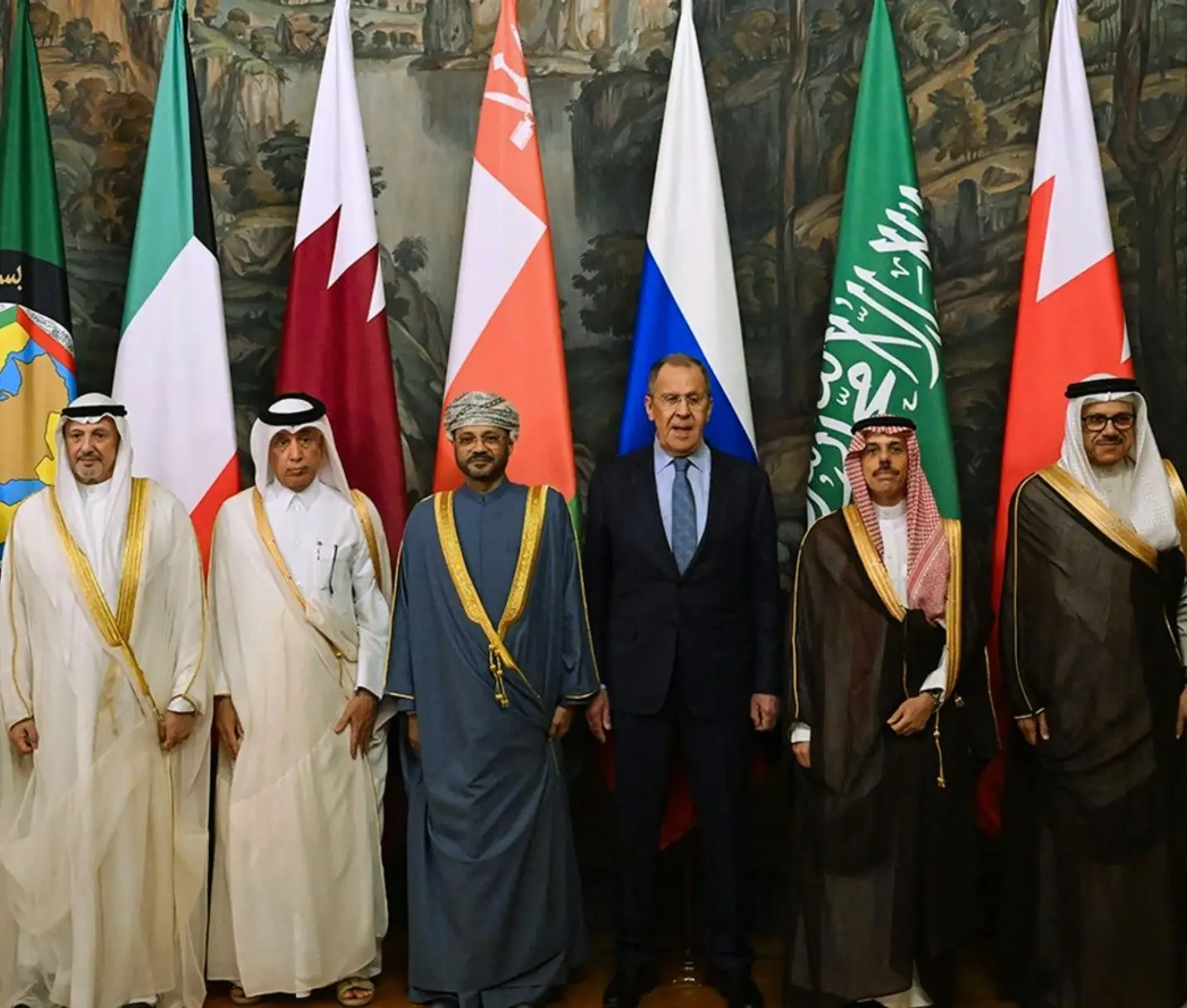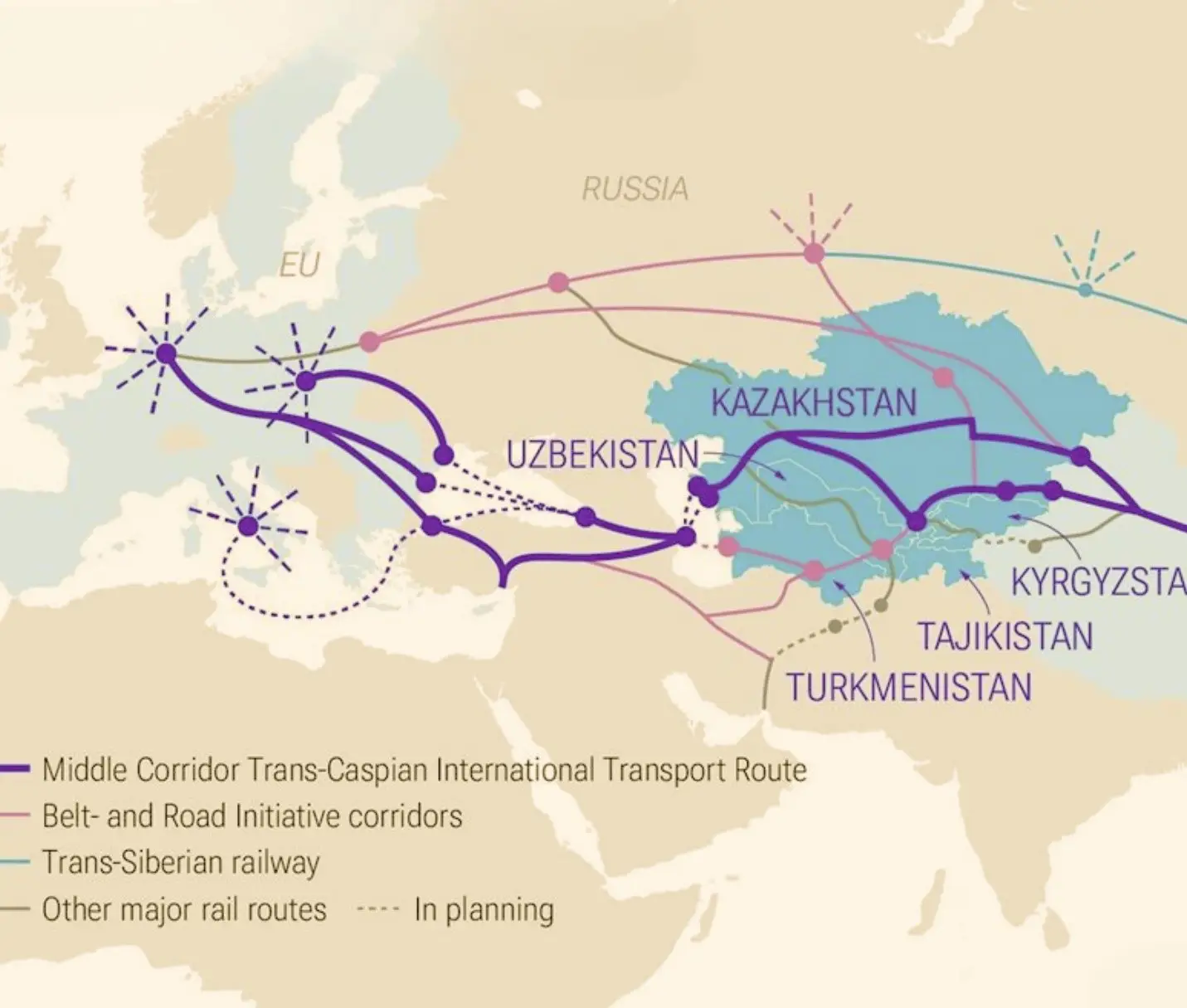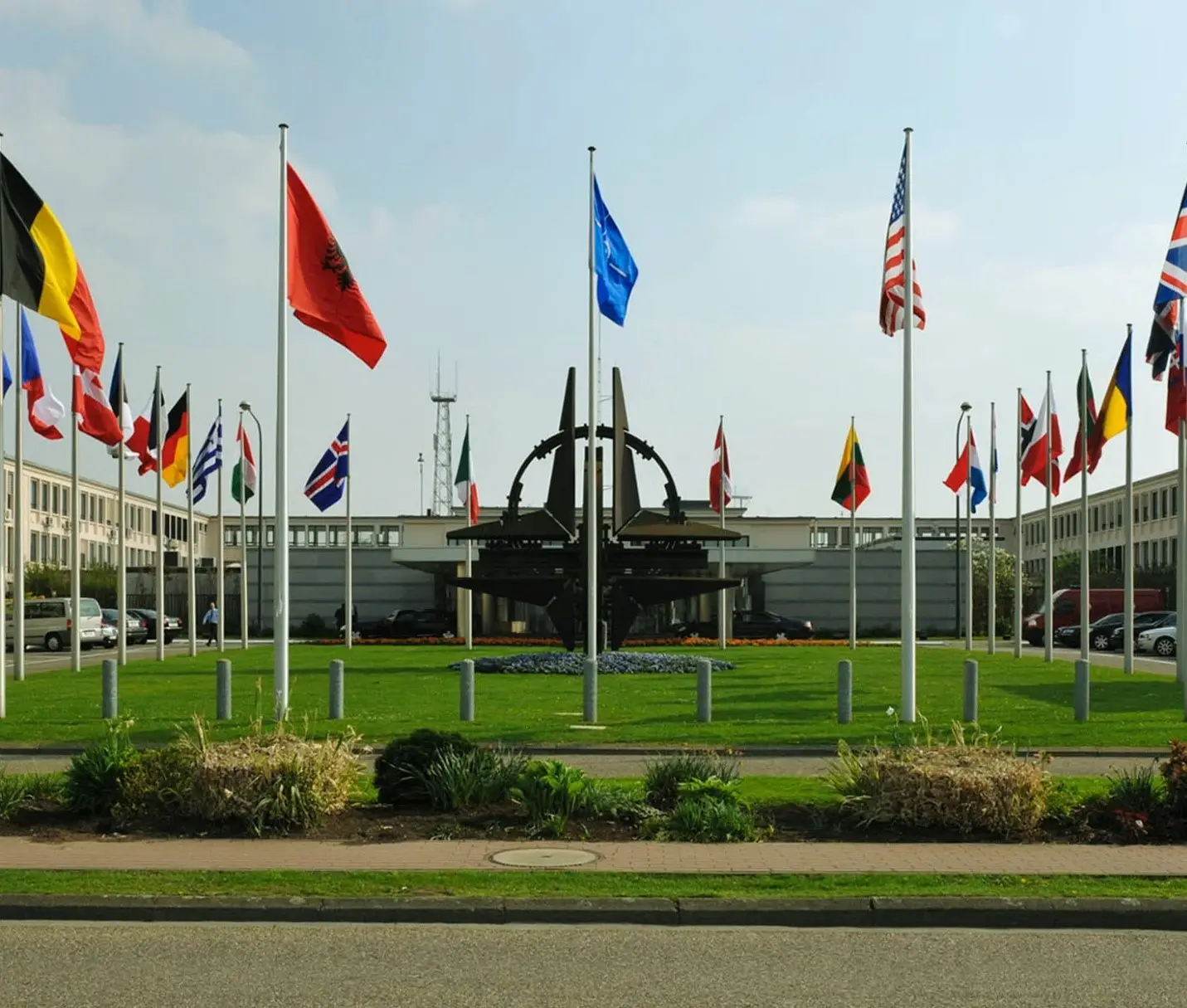On April 22, 2025, gunmen attacked a group of tourists in Baisaran near Pahalgam, Indian controlled region, resulting in the deaths of at least 28 civilians. Following the attack, Indian state media immediately designated the act as “cross-border terrorism” attributed to Pakistan-based militant groups. However, the orchestration, political utility, and disproportionate narrative engineering raise critical questions about the true nature of the incident. This article synthesizes both the strategic timing and narrative orchestration of the incident to explore the plausibility of the incident being a manufactured or opportunistically exploited false flag operation aimed at advancing strategic objectives akin to 2019 Pulwama event. While terrorism in all forms is unequivocally condemnable, it is equally imperative to interrogate the narratives surrounding such acts.
Eyewitness accounts and open-source footage indicate that attackers, reportedly disguised in military fatigues, used body-worn cameras to film the incident. Indian media outlets highlighted that the Resistance Front (TRF) has allegedly claimed the responsibility for Pahalgam incident. Notably, the attack coincided with high-level Indian political visits abroad and growing domestic criticism over policy stagnation and electoral insecurity.
Within hours, Indian Home Minister Amit Shah, IIOJK Lieutenant Governor Manoj Sinha, and Chief Minister Omar Abdullah convened in Srinagar for emergency deliberations. Prime Minister Narendra Modi cut short his visit to Saudi Arabia and returned to New Delhi. Additionally, Indian state machinery amplified calls for decisive military retaliation against Pakistan, with reports of Pakistan Air Force alert status and AWACS deployment from Rajasthan. As per the sources, Indian armed forces were put on high alert, while drawing parallels with the Balakot post-Pulwama retaliation model.
Indian media outlets uniformly propagated a narrative accusing Pakistani involvement without presenting concrete evidence. Major outlets reported protests erupting in IIOJK and across India, organized by Congress and right-wing groups, demanding retribution.
Condemnations poured in from global actors including United States, France, Israel, UAE, Russia, and the European Union. International media cautiously cited Indian claims while highlighting absence of verifiable evidence. Varying reports surfaced noting that militant groups opposing India’s Kashmir policy had claimed responsibility, particularly referencing demographic anxieties over settler colonialism.
While BJP demanded aggressive military posturing, opposition figures such as Asaduddin Owaisi and Congress leadership criticized the government for intelligence failures. Political discourse bifurcated into two streams: one validating the state’s retaliatory narrative and the other calling for transparency and parliamentary oversight before any escalation.
A number of critical anomalies and narrative inconsistencies surrounding the April 2025 Pahalgam attack have intensified suspicions that the incident may have been a false flag operation strategically engineered for political and diplomatic gains. Key elements substantiating this concern include:
- Despite official claims of neutralizing the attackers, the Indian government has withheld visual or physical evidence, such as images or footage of the deceased assailants. This lack of transparency undermines the credibility of said narrative.
- The attack occurred in broad daylight at a highly fortified tourist site within a region saturated with over 800,000 Indian troops. The alleged infiltration—crossing the heavily monitored Line of Control and travelling nearly 400 kilometers undetected—raises serious operational and intelligence-based doubts.
- Within minutes of the attack, India outlets launched a coordinated narrative targeting Pakistan, relying on emotionally evocative claims prior to any investigative findings. Simultaneously, Indian media circulated morphed and unverifiable images, further casting doubt on the integrity of state-supported coverage.
- No intercepted communications, weapon traces, or forensic indicators have presented to substantiate allegations of Pakistani involvement. The absence of empirical evidence stands in stark contrast to the assertive blame directed at Islamabad.
- Analysts highlight a historical pattern of alleged false flag events, most notably Pulwama 2019, wherein fabricated or post-facto evidence was used to construct a strategic casus belli.
- The incident coincided with significant international engagements of Indian leadership, leading observers to posit that the attack could serve as a strategic distraction or narrative lever in India’s global diplomacy particularly to deflect attention from domestic discontent or bolster nationalist sentiment.
- Use of body-worn cameras by perpetrators suggests premeditated staging intended for psychological manipulation, reminiscent of insurgent propaganda techniques.
- The tactical and media parallels to the 2019 Pulwama incident, which significantly influenced India’s domestic and foreign posture, suggest a recurrent model of state-narrative manipulation during politically exigent moments.
Terrorism, by definition, is deliberate use of violence to instill fear for political ends. However, state actors too may instrumentalize terrorism, directly or through engineered consent to justify policy, consolidate power, or shift public discourse. Pahalgam incident, while undoubtedly tragic and condemnable, must be scrutinized for its circumstantial utility and the congruence it shares with past episodes of strategic statecraft.






